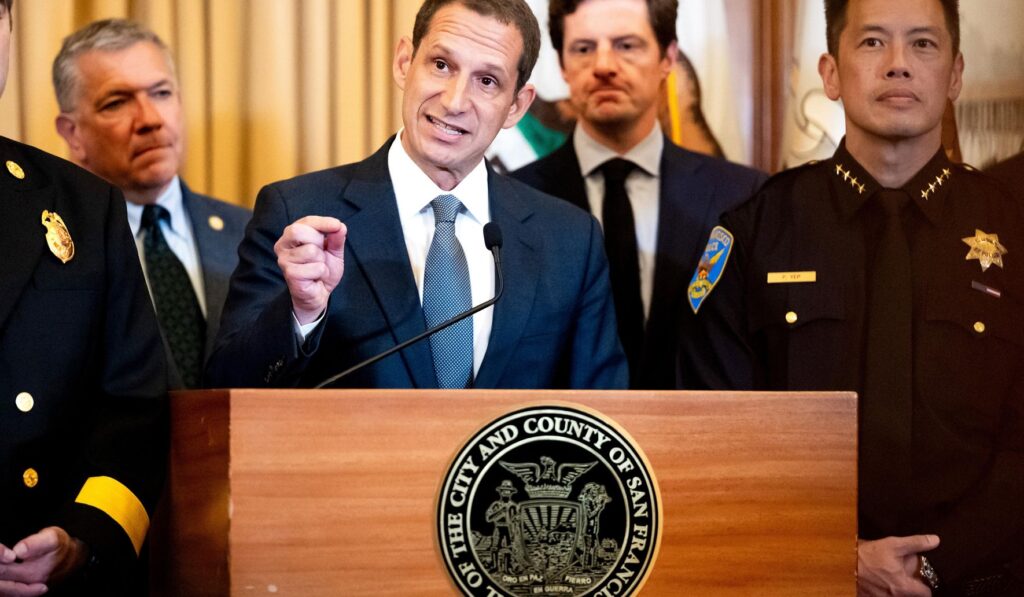President Donald Trump appeared ready to send federal agents to San Francisco after sharply criticizing the city as a symbol of failed liberal leadership, but private conversations with Bay Area figures shifted the plan. The exchange between federal and local voices turned a headline-ready show of force into a more calibrated approach focused on real results and legal boundaries.
Trump had signaled a clear willingness to use federal authority to confront what he called lawlessness in major liberal cities. That posture resonated with many voters who feel local leaders have lost control of public safety and basic order. From a Republican perspective, federal intervention was framed as necessary to protect citizens and property when cities refuse to act.
San Francisco has become shorthand for policies that, in conservative eyes, encouraged disorder by prioritizing rhetoric over enforcement. Federal officials were prepared to step in where local systems seemed overwhelmed or unwilling to act. The idea was not to wage political theater but to restore rule of law and support frontline law enforcement where needed.
Still, private talks with Bay Area officials, business leaders, and some local law enforcement changed how that intervention would be presented. Those conversations highlighted practical limits: federal agents must respect local jurisdiction, follow the law, and avoid creating unnecessary confrontations. That reality pushed a more disciplined strategy that prioritized cooperation over confrontation.
The shift showed a pragmatic streak. Republicans who want results over optics saw value in getting local buy-in where possible, since operations that ignore local coordination often fail. The administration’s pivot reflected a blend of firmness and realism, making sure any federal action would be legally sound and operationally smart.
Supporters argued that federal action remains an essential backstop when cities decline into chaos and local leaders protect ideology over residents. They insist there is a constitutional duty to protect citizens and their property, and federal resources can be used to do that without trampling civil liberties. That balance between safety and rights was central to the administration’s revised approach.
Critics warned of federal overreach and political grandstanding, which made the administration more cautious in public statements. The private conversations showed that even opponents of local policies are wary of handing the federal government a headline-hungry role. That caution helped curb impulsive moves and sharpened the legal and tactical framework of any intervention.
From a political standpoint, the episode reinforced the contrast between Republican calls for law and order and what conservatives describe as liberal tolerance for disorder. It also illustrated the importance of clear rules of engagement and cooperation with local partners. Republicans pointed to the episode as an example of how steadier, rule-based federal action can succeed where partisan showmanship would not.
Operationally, the administration’s recalibration emphasized targeted support: intelligence sharing, joint task forces, and assistance to local prosecutors and police who want help. That approach aims to avoid sweeping, controversial deployments while still delivering concrete results for residents who feel abandoned. It also keeps federal action focused on crimes that cross jurisdictional lines or threaten public safety at a scale beyond local capacity.
The interaction between federal intent and local reality produced a more measured plan that still reflected core Republican priorities: protecting communities, backing law enforcement, and holding local officials accountable for failing neighborhoods. The public rhetoric shifted from spectacle to strategy, but the underlying message stayed the same. Federal power would be available where local governments failed to do their jobs.



